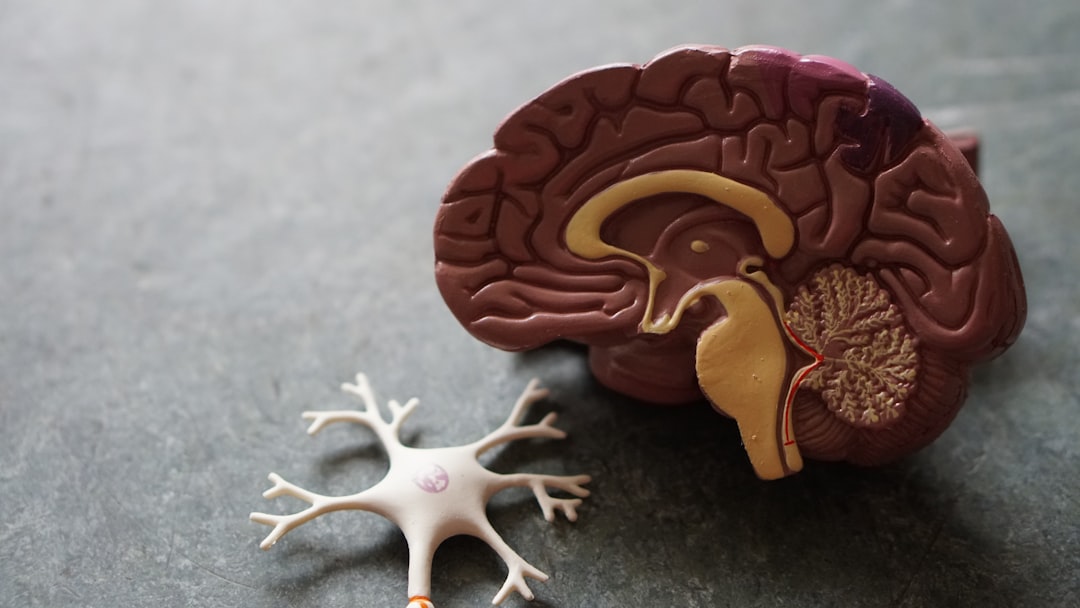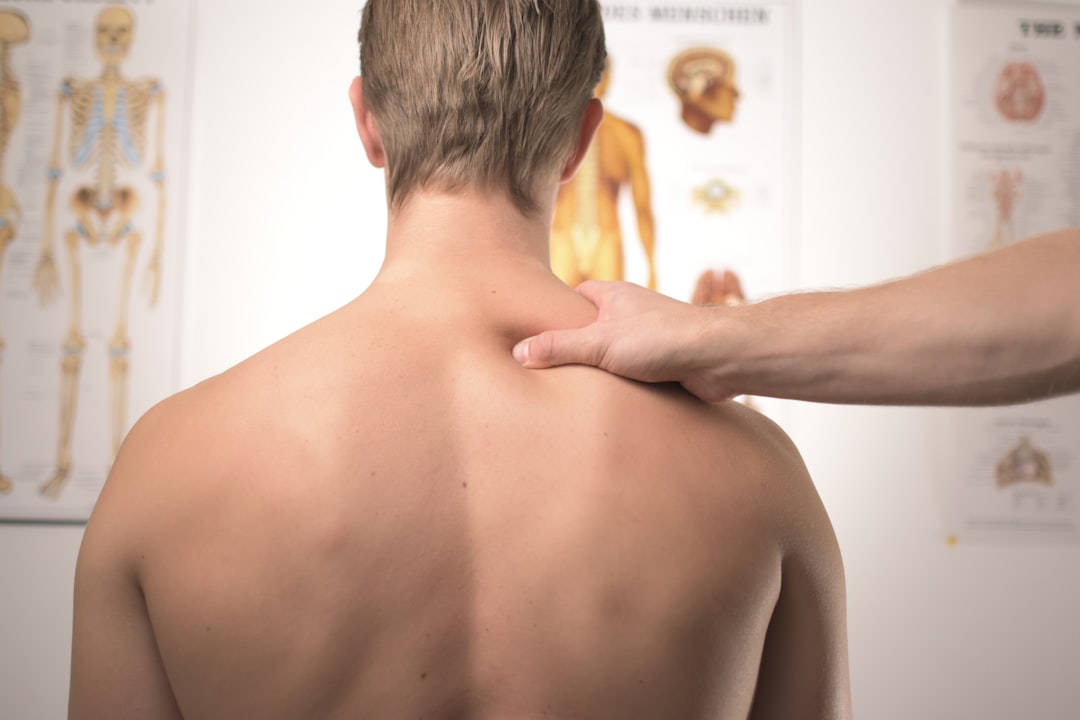What is it about?
Little is understood how osteoarthritis of the knee begins. For a Long time it was considered to be a cartilage-only problem with subsequent progressive loss of further cartilage. We could show that osteoarthritis may start affecting different joint tissues including cartilage, but also the bone, meniscus or the synovium.
Featured Image

Photo by Valentin Balan on Unsplash
Why is it important?
In the long run we hope that targeting the different Joint tissues involved in the disease Initiation process may delay or prevent the onset of knee osteoarthritis.
Perspectives
Knee OA can no longer be viewed as a disorder of hyaline cartilage only. We could show that OA may start as a result of pathology to other joint tissues than cartilage and will or will not affect other joint tissues in the course of the disease. In fact, other processes appear to be more influential than cartilage damage, including the presence of inflammation and structural damage to the meniscus as well as subchondral bone. The number of tissues affected by pathology further increases the risk of developing OA. We can conjecture that there are a number of alternate pathways leading to OA. The failure of clinical trials to demonstrate treatment efficacy of OA drugs to date may be due, in part, to the failure of understanding OA as multi-tissue disease beginning at disease onset, given that eligibility is commonly based on radiography-based eligibility criteria and end points. The use of MRI can help investigators select subjects who are most suitable for a specific aim of the trial, taking into account disease phenotypes and potential treatment targets. MRI seems to be the modality of choice on which to define imaging based criteria for inclusion in and end points of OA trials.
Frank Roemer
Read the Original
This page is a summary of: What Comes First? Multitissue Involvement Leading to Radiographic Osteoarthritis: Magnetic Resonance Imaging-Based Trajectory Analysis Over Four Years in the Osteoarthritis Initiative, Arthritis & Rheumatology, May 2015, Wiley,
DOI: 10.1002/art.39176.
You can read the full text:
Contributors
The following have contributed to this page










